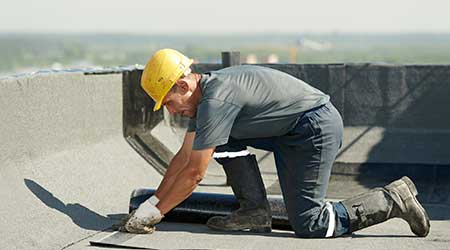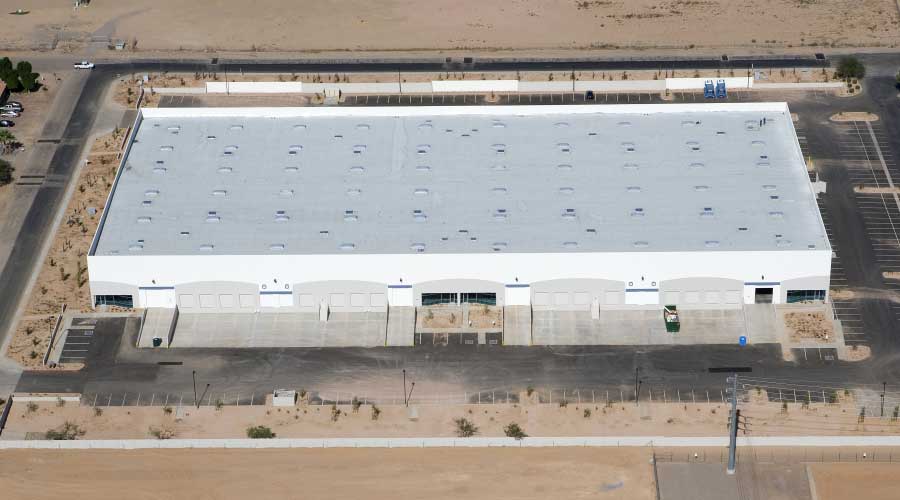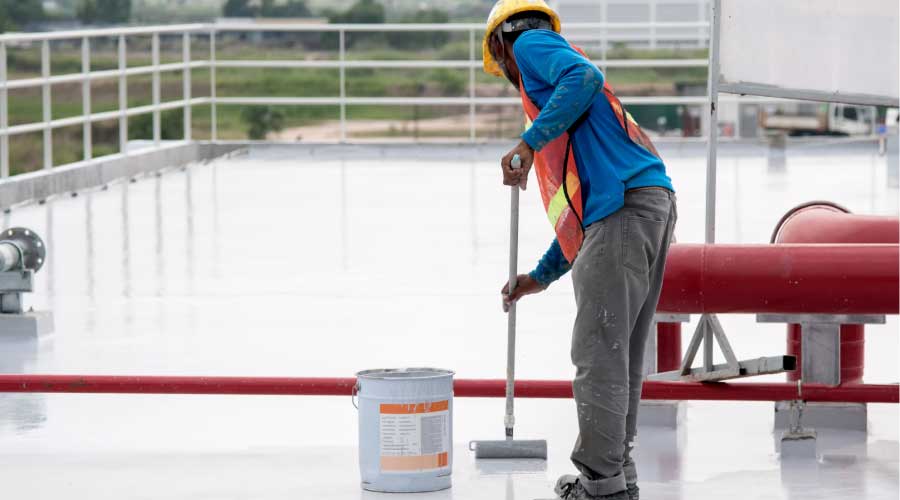 The biggest misconception related to warranties is that the owner has little to know responsibility for maintaining the roof while the warrenty remains in force.
The biggest misconception related to warranties is that the owner has little to know responsibility for maintaining the roof while the warrenty remains in force.3 Steps To Protecting Roof Warranty
Managers who follow three steps after roof installation can help maintain the roof and keep the roof's warranty in tact.
Part two of a two part series.
Keeping current
Managers need to be careful to avoid invalidating a roof warranty, which can be a confusing process amidst the fine print contained in the terms and conditions. Managers might not realize that their warranty is no longer current until they need it most. These specific actions can keep a roof warranty valid:
Follow instructions. Ignoring manufacturer care and maintenance guide instructions for maintaining a roof can void the warranty, as well as shorten its service life and increase the possibility of issues arising. The level of required action on the part of ownership varies, but it can include periodic inspections by qualified personnel, routine clearing of debris, and limiting roof access. Maintenance should follow specified procedures and be well documented.
Use certified installers. Not all contractors are entrusted to install manufacturers’ roofing products. Uncertified installers can follow improper procedures, and they might use inappropriate materials, which can affect the integrity of the roof.
Though warranties might permit temporary repairs in an emergency, it is best to first contact the manufacturer when possible. The manufacturer then can provide certified installers to conduct warranty repairs. Managers need to keep in mind that the original installer might no longer be certified by the manufacturer.
Minimize roof access. Beyond weather and ultraviolet rays, foot traffic can be the most detrimental, and controllable, element in working to maintaining a roof. Managers should regulate and limit roof access. Anyone accessing the roof should walk only on designated paths constructed of pads or pavers, if available. Workers such as window washers who use equipment should provide sacrificial protection, including loose membrane, insulation, or other materials that will provide a temporary wearing surface that does not affect the underlying roof components.
Undertaking a roof project can be intimidating, but warranties do not have to be. Before signing a contract, managers need to ask questions of the manufacturer as they would a contractor they are considering.
This process includes requesting references, client lists, project examples, product history and a sample warranty. If managers are unsure about warranty language, speaking with the manufacturer to understand expectations before work starts will help prepare for that first leak. Matthew P. Kutzler, P.E. — matt.kutzler@feapc.com — is vice president of Engineering Services with Facility Engineering Associates, a consulting firm specializing in repair and restoration engineering and facility management consulting.
Matthew P. Kutzler, P.E. — matt.kutzler@feapc.com — is vice president of Engineering Services with Facility Engineering Associates, a consulting firm specializing in repair and restoration engineering and facility management consulting.
Related Topics:













